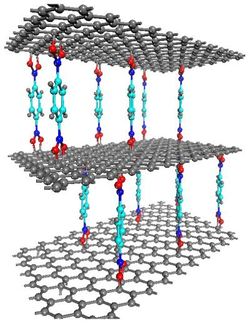New Guidline for Measuring Dioxines
Guideline VDI 3499 Part 2 and 3
Advertisement
The Guideline VDI 3499 describes emission measurement methods for the sum of the 17 polychlorinated dibenzo-p-dioxins (PCDD) and dibenzofurans (PCDF) according to the international toxicity equivalents (I-TEQ). The methods described in Part 2 and 3 which differ especially regarding sampling, are applicable for measurements within the emission range smaller and larger than 0,1 ng I-TEQ/m3 at sampling times up to 8 h. As the minimum requirements of the European standard DIN EN 1948-1 to -3 are described very stringently and examples of application are presented in a rather concise way, the concerned national working group agreed to facilitate the practical performance of this complex measurement technique by working out detailed descriptions of the examples of application and by putting them into concrete forms.
The corresponding two parts of the VDI Guideline, dealing with the filter/condenser method and the cooled probe method are each divided into Part A and Part B. Part A describes examples of application of DIN EN 1948 for the concentration range of 0,1 ng I-TEQ/m3 and smaller. The described measurement methods have already been validated within the framework of the European technical standardization work. Therefore the measuring institutes are not obliged to carry out a renewed validation for the whole measurement method. This also includes efficiency tests of the collecting parts according to 6.1 of EN 1948-1.
Part B deals as a supplement to DIN EN 1948 for the validated measurement range at concentrations of about 1 ng I-TEQ/m3 and larger. The standardized measurement methods are especially used for the determination of PCDD and PCDF from waste gas caused by stationary industrial plants containing concentrations recognizably higher than 0,1 ng I-TEQ/m3 (crude, intermediate, pure gas) or very high dust contents.
The described methods comply with the normative requirements of DIN EN 1948. They were used within exceedingly varying plants.
Most read news
Other news from the department science

Get the chemical industry in your inbox
By submitting this form you agree that LUMITOS AG will send you the newsletter(s) selected above by email. Your data will not be passed on to third parties. Your data will be stored and processed in accordance with our data protection regulations. LUMITOS may contact you by email for the purpose of advertising or market and opinion surveys. You can revoke your consent at any time without giving reasons to LUMITOS AG, Ernst-Augustin-Str. 2, 12489 Berlin, Germany or by e-mail at revoke@lumitos.com with effect for the future. In addition, each email contains a link to unsubscribe from the corresponding newsletter.
































































